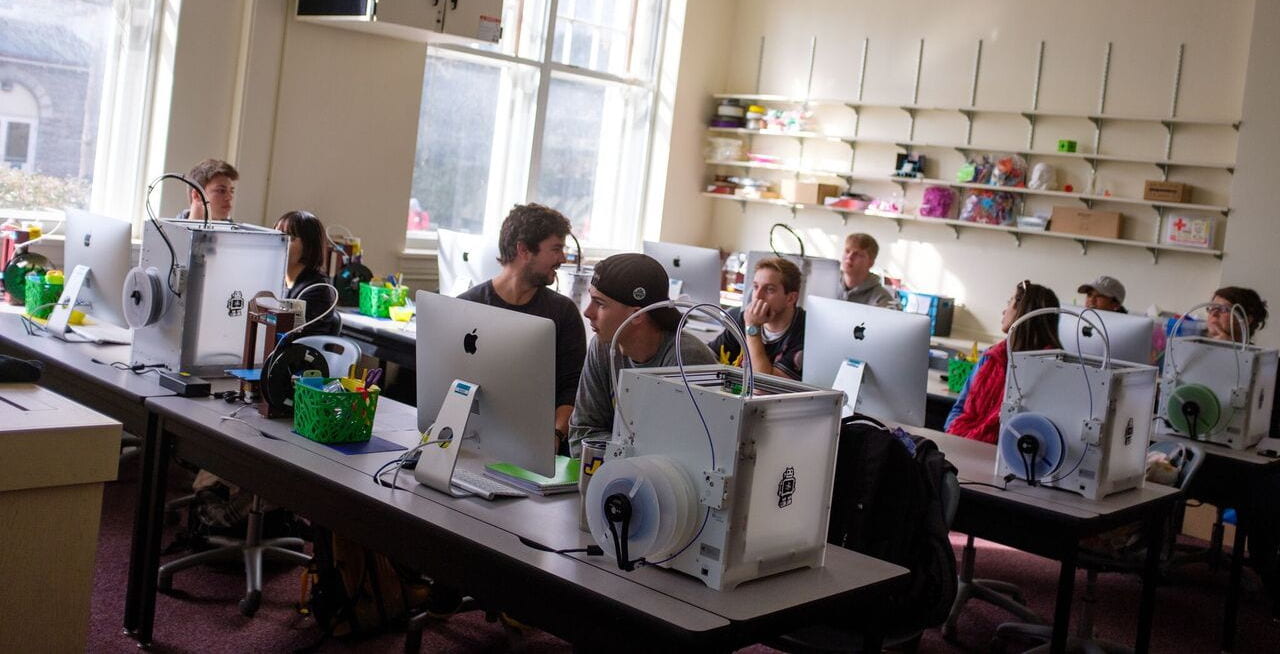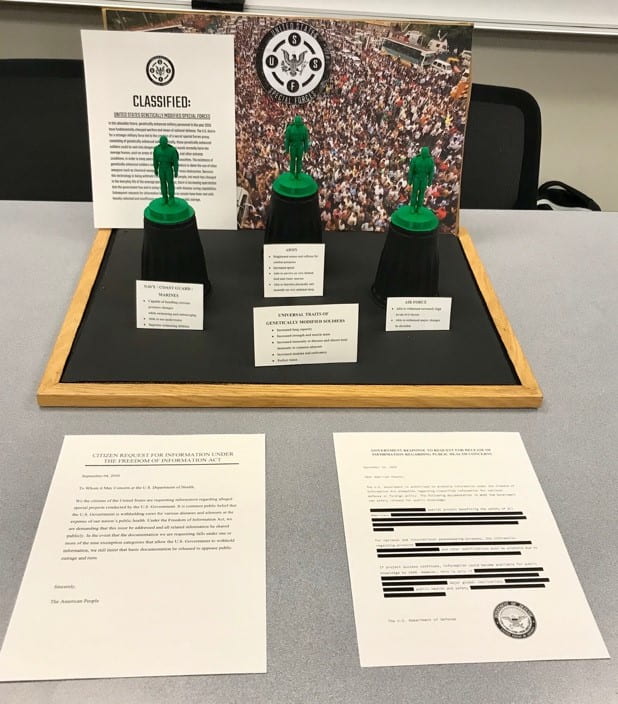
UNST 300E: Brain and Mind(Spring 2020) – Section 002
Professor:Dr. George Vidal
TTH 9:30-10:45, Biosci 2009
“Are you a product of predetermined influences (“nature”)? Did you come from a series of unpredictable experiences (“nurture”)? Does your brain determine who you are? Does your brain operate independently from your body? When the brain shuts down due to disease, is the mind still there?
How can we know any of this?
As a society, we have devised several ways of thinking about these questions. Entire fields are devoted to answering them: E.g., neurobiology, psychology, and philosophy. Each field is particularly good at answering some of these questions. However, we will explore the possibility that some fields cannot answer all of the questions all of the time.
To do so, this course will focus on neurobiology as a case study: What kinds of questions are best answered with neurobiology, and what kinds of questions, if any, cannot be answered effectively by the scientific method? As we do this, we will learn how neuroscience (and more broadly, natural science) is about asking questions out of curiosity and ignorance. Finally, we will explore other ways our society has been able to answer questions about the mind, body, and brain.
By the end of the course, you will know where the boundary of knowledge is about the mind, brain and body. You will know how we can push that boundary, what questions remain completely unresolved, and what ways of thinking offer answers to those questions.”

UNST 300E: 3D Puzzle Analysis and Fabrication – Section 0001
Professor: Dr. Laura Taalman
MW 2:00-3:15, Carrier Library Room 0101 Lab
This course integrates puzzle design, mathematics, CAD software, and desktop manufacturing with 3D printers, laser cutters, and carving machines. Students will explore familiar tactile geometric brainteasers such as Soma cubes, burr puzzles, peg-jumping games, and the Tower of Hanoi, and investigate questions of uniqueness and solvability. They will then create their own extensions and generalizations of these puzzles, learning 3D design and software to produce digital designs that can then be realized as tactile models with 3D printing and 2D cutting.
No prior experience with 3D printing, mathematics, or design is needed for this course, although the ability and academic maturity to research and learn new things from online resources is a requirement. Students should be prepared to learn independently about software, hardware, design, and topics related to their projects. In addition, communication and documentation of results will be a key focus, and students will share their work using WordPress, Thingiverse, Shapeways, and other online communities. At the end of the semester, each group will give public presentations of their work. Due to classroom and equipment restrictions in the JMU 3SPACE 3D printing classroom (http://sites.jmu.edu/3SPACE/), this course is limited to 24 students.

ARTH 302E: Monuments and National Identity – Section 0001
MW 2:30-3:45, Duke Hall 1041
Professor David Ehrenpreis
Why do more than five million visitors and countless school groups seek out the Vietnam Memorial in Washington DC each year? Why did Martin Luther King give his “I Have a Dream” speech from the steps of the Lincoln Memorial? And why did the threat of removing a confederate statue in Charlottesville, Virginia, provoke wide-ranging violence and actually lead to murder? We build monuments and care so deeply about them because they are the most visible and legible statements of our values as a nation or a community. These places show what we decide to remember but also what we would like to forget. In this course, we will examine the shifting role of monuments in society, whether they function as a site for pilgrimage or for violent confrontation. Intense debates about national monuments provide key insights into our national identity, but they also offer crucial opportunities for civic engagement.
Because monuments can only be understood after developing a thorough knowledge of key concepts such as cultural memory and nationalism, the two class units will be devoted to thoughtful readings of theoretical texts that explore these topics. In the third unit, students will turn to monuments themselves learning about different designs, contexts etc. The final unit will be the culmination of the comprehensive research project, “My Monument,” for which they will have been completing components throughout the semester.

UNST 300E: Design Fiction – Section 0003
TTH 11:00-12:15 – Carrier 0101
Professor: Dr. Emily York
This is a 3D Printing Lab (3Space) course in which students will create design fiction—a blend of material production and narrative that incorporates science fiction and design prototyping—to critically interrogate plausible socio-technical futures as a hands-on practice of creative, critical inquiry and ethical reasoning.
This course would expand on a 4-week module on ethical reasoning that uses design fiction in my ISAT 271 Technology, Science, and Society class. Readings include “Design Fiction” by Julian Bleecker (2009), “The Central Capabilities” by Martha Nussbaum, and selections from Wade’s Scenario Planning: A Field Guide to the Future (2012), as well as science fiction texts, including short stories by Ted Chiang and Ursula Le Guin. Assignments would include scenario analysis assignments, presentations, a paper, and design fiction products, culminating in a final poster-style presentation of the design fiction. This course is being developed as part of my participation in the Integrative Design Technology Fellows program in the fall 2019 semester to learn how to use the 3Space classroom for a class. Below are some simple student design fictions, exploring the use of genetic engineering for super soldiers (left) and de-extinction (right).

